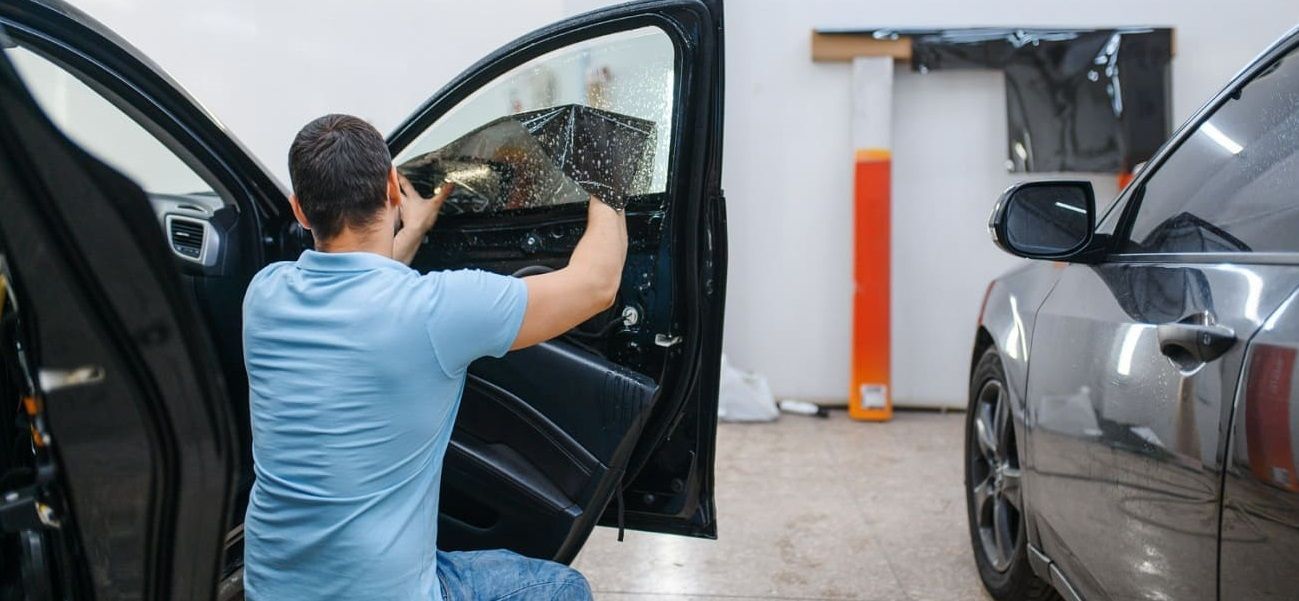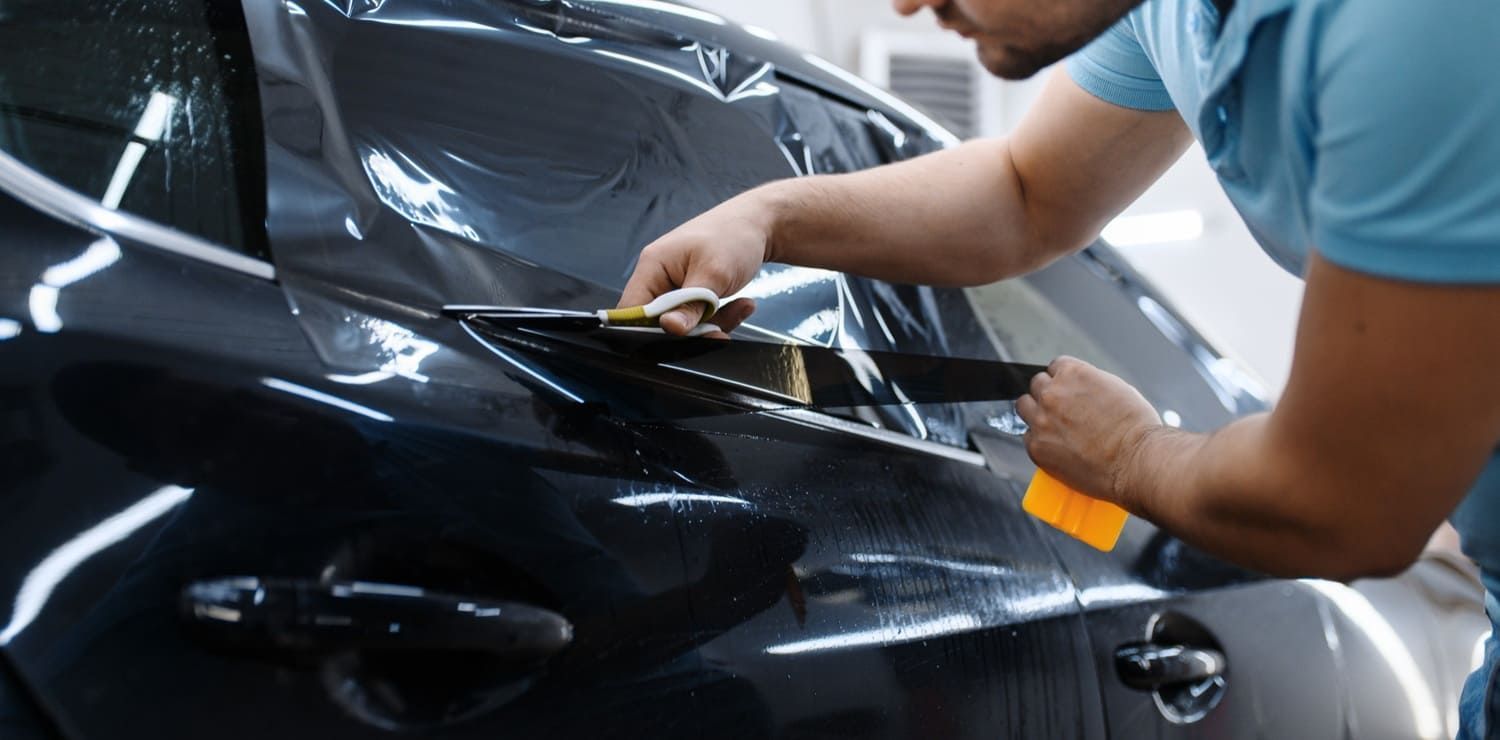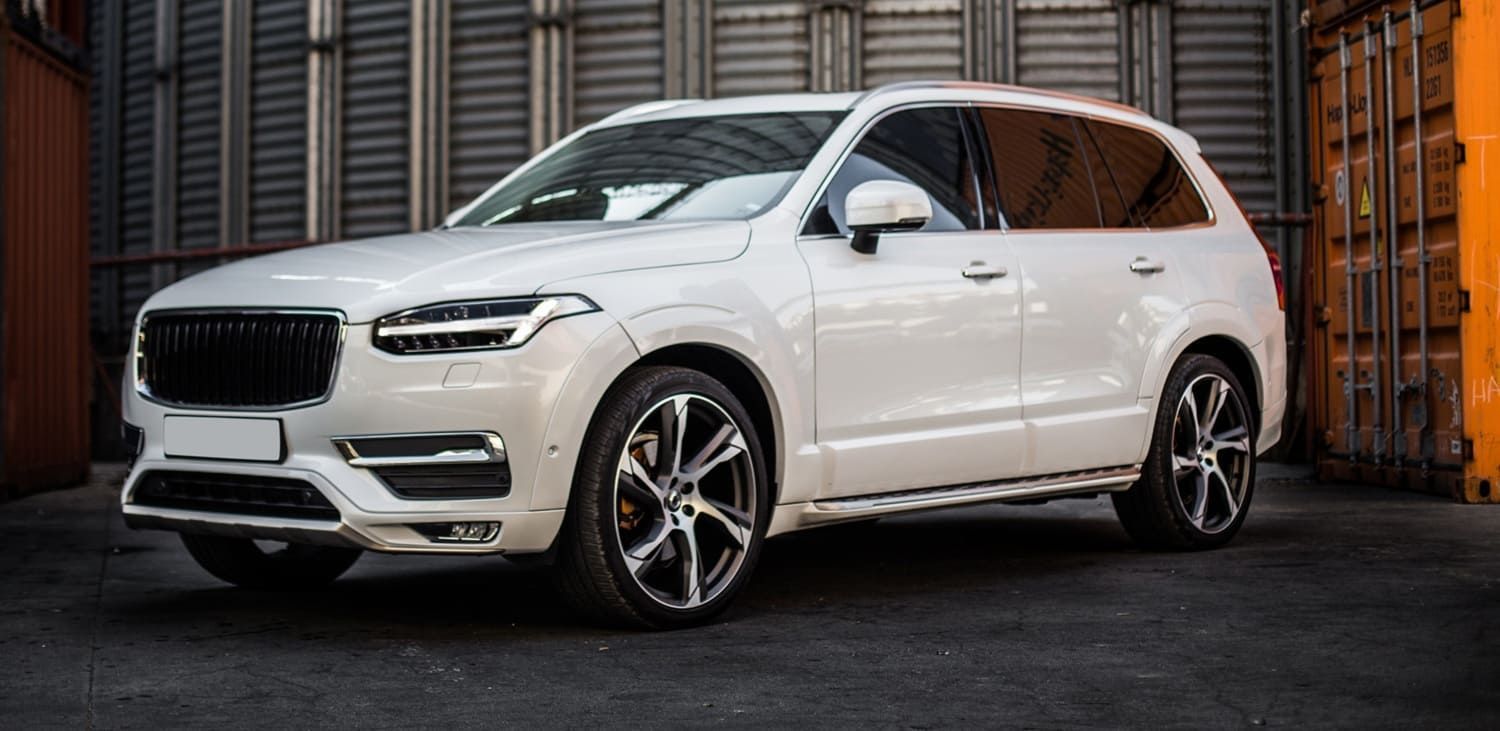Common Auto Window Tinting Mistakes and How to Avoid Them
Auto window tinting can enhance your vehicle's appearance and provide privacy. However, it's not as simple as it seems.
Many car owners make mistakes during the tinting process. These errors can lead to unsightly results and even legal issues.
This article will highlight common auto window tinting mistakes. It will also provide practical advice on how to avoid them.
Whether you're a DIY enthusiast or considering professional services, this guide is for you. It aims to help you achieve the best possible results from your tinting project.
Understanding these pitfalls can save you time, money, and frustration. It can also ensure your tint job is both attractive and compliant with local regulations.
So, let's dive in and learn how to avoid common window tinting issues.

Understanding Local Tinting Laws
Knowing local tinting laws is crucial before starting any tint project. Laws vary widely across different regions.Tint percentage, color, and reflectivity are regulated to ensure safety. Too dark a tint can lead to fines or mandatory removal.Check your local Department of Motor Vehicles for specific guidelines. Understanding these laws protects you from legal hassles.
Choosing the Right Tint Percentage
Selecting the ideal tint percentage is more than a stylistic choice. It affects visibility, comfort, and legality.
Too dark a tint might impede your ability to see clearly, especially at night. This can compromise safety and result in fines.
Conversely, a very light tint may not offer enough privacy or sun protection. A balanced choice is essential for both aesthetics and functionality.
Avoiding Low-Quality Tinting Materials
Using poor-quality tinting materials often leads to various window tinting issues. These include bubbling, peeling, and even discoloration over time.
Cheap tint might initially seem cost-effective. However, it usually lacks durability and can fade quickly. This results in added expenses for replacement.
Investing in high-quality tint ensures longevity and better performance. Reliable materials offer more protection and maintain their appearance for years to come.
Preparing a Clean Workspace
A cluttered workspace can ruin your tinting efforts. Dust and debris can easily get trapped under the film, leading to unsightly imperfections.
Begin by thoroughly cleaning the area where you'll work. Ensure that your tools are organized and within easy reach to avoid unnecessary distractions.
Keeping the environment as dust-free as possible is crucial. Consider working in a garage or enclosed space to minimize airborne contaminants. This ensures a smooth application process and better results.
Precision in Cutting and Applying the Tint
Precision is crucial in both cutting and applying window tint. An incorrect measurement can lead to misalignment or gaps.
Use a professional-grade film cutter for the best results. Carefully measure your windows to ensure the tint fits perfectly with minimal trimming.
When applying the tint, a steady hand is essential. Smooth it out thoroughly to prevent creases or overlaps that could affect visibility. Taking your time during this step will pay off in appearance and durability.
The Importance of Cleaning Windows Before Tinting
Cleaning your car's windows thoroughly is a vital step before applying tint. Any residue or dirt left on the glass can interfere with the adhesive, leading to issues like bubbling or peeling.
Use a non-ammonia-based cleaner to avoid damaging the film. Ensure that all traces of dirt, grease, and fingerprints are completely removed.
Neglecting this step can compromise the longevity of the tint. A clean surface ensures better adhesion, enhancing durability and appearance. Taking the time to clean correctly can mean the difference between a flawless tint job and a poor one.
Removing Window Seals and Gaskets
Before starting the tinting process, consider removing the window seals and gaskets. This step might seem tedious, but it ensures that the tint covers the entire glass surface without gaps.
Failing to remove these components can lead to peeling around the edges. Proper removal also facilitates a smoother installation, ultimately providing a cleaner look.
Timing Your Tinting: Weather Considerations
Weather plays a crucial role in the window tinting process. Attempting to tint on a rainy or very humid day can lead to several issues.
Tint requires dry conditions to cure properly. High humidity or wet conditions can hinder the adhesive, resulting in a poor finish.
Techniques to Avoid Air Bubbles
Air bubbles are a common issue in auto window tinting. They not only spoil the appearance but may also affect visibility.
Begin by ensuring the tinting film is aligned correctly before squeegeeing it down. This helps reduce the air pockets that can form between the tint and the window.
Using a proper squeegee technique is crucial. Apply even pressure as you smooth out the film from the center to the edges. This technique helps push any trapped air outward, minimizing bubbles for a clear, professional finish.
Using the Right Tools for Application
The tools you use can make or break a tinting job. Select high-quality equipment designed for tinting to avoid mistakes.
Ensure you have a good squeegee and a sharp cutting tool. These tools help achieve a precise, professional result without damage.

Allowing Proper Time for Tint to Cure
Curing is a crucial step in achieving a flawless tint job. After application, avoid rolling down the windows immediately.
Allow the tint to cure by leaving the windows up for several days. This ensures the adhesive fully bonds, preventing peeling and bubbling.
The Benefits of Professional Tinting Services
Professional tinting services provide expertise that can be invaluable. Their experience means fewer mistakes and a smoother finish.
With professional help, your tint job will likely come with a warranty. This ensures peace of mind and protection against future issues.
Conclusion: Ensuring a Quality Tint Job
To achieve a perfect tint job, understanding and avoiding common mistakes is key. At Tints & Beyond in Cape Coral, FL, we specialize in professional window tinting services that ensure flawless results every time. Take your time and focus on each step carefully with the guidance of our experienced team.
Consider seeking professional assistance from Tints & Beyond to ensure the best outcome. A well-done tint not only enhances your car's look but also its functionality, providing benefits such as reduced glare, increased
privacy, and protection from harmful UV rays. Our experts use top-quality materials and precise techniques to deliver superior window tinting that meets your specific needs.
Contact Tints & Beyond today for a
free estimate and let our premier window tinting installers help you achieve the perfect tint for your vehicle. Enhance both the aesthetics and performance of your car with our trusted services.
FAQ: Avoiding Common Auto Window Tinting Mistakes for a Flawless Finish
What are the most common mistakes people make with auto window tinting?
- DIY Installation Errors: Creases, bubbles, and uneven cuts due to lack of experience.
- Choosing Low-Quality Film: Cheap tints peel, fade, and crack over time.
- Ignoring Legal Regulations: Non-compliant tints can result in fines and required removal.
- Skipping Surface Preparation: Dirt and debris cause poor adhesion and visible imperfections.
- Improper Application: Misaligned films and inadequate squeegeeing lead to a subpar finish.
How can I avoid bubbles and creases during tint installation?
Ensure the glass is thoroughly cleaned and use a high-quality film. Professional installation is highly recommended to achieve a smooth, bubble-free application.
What should I consider when choosing a window tint?
- Quality: Opt for high-performance films like ceramic or carbon tints for durability and effectiveness.
- Legal Compliance: Ensure the visible light transmission (VLT) level meets local regulations.
- Purpose: Consider factors like heat rejection, glare reduction, and UV protection.
Why is cleaning the window before tinting so important?
Unclean surfaces lead to poor adhesion and visible imperfections like bubbles or streaks under the tint. Clean thoroughly with a lint-free cloth and glass cleaner before applying the film.
What happens if I use an unapproved tint for my car?
Non-compliant tints may result in:
- Fines or penalties from law enforcement.
- Failed vehicle inspections.
- Costly removal and reinstallation of a legal tint.
How long should I wait before rolling down tinted windows?
Typically, wait 3–5 days to allow the tint to cure fully. Rolling down windows too soon can cause peeling or misalignment of the film.
How can professional installation help avoid these mistakes?
Professional installers:
- Ensure precise application with no bubbles or creases.
- Use high-quality films tailored to your needs.
- Guarantee compliance with local tinting laws.
- Offer warranties for both the film and installation.













